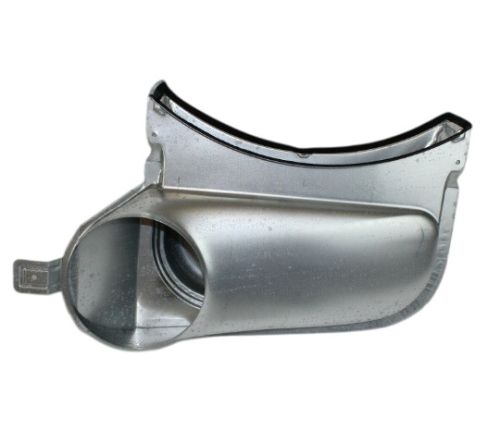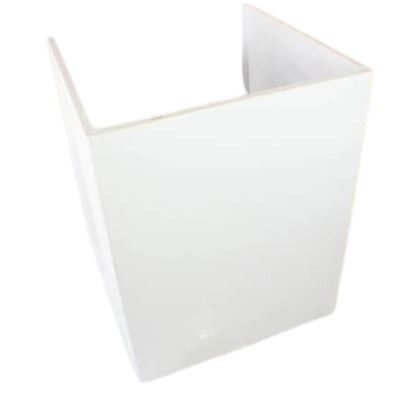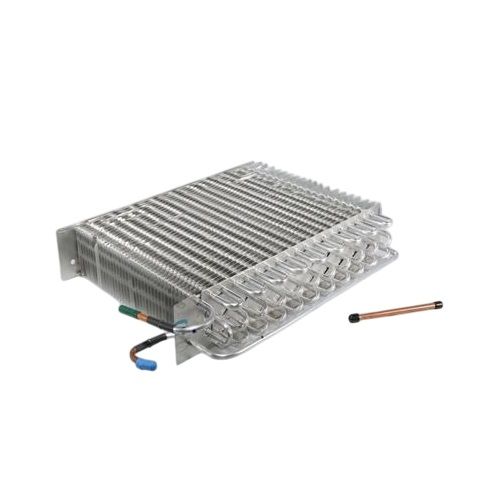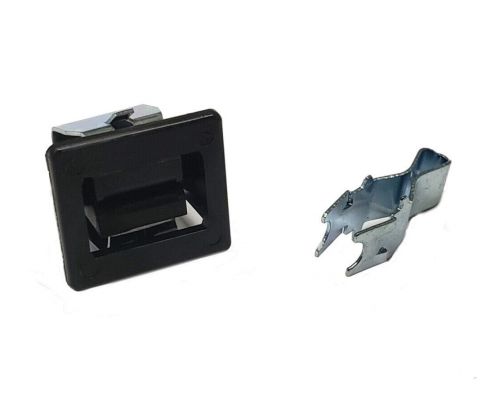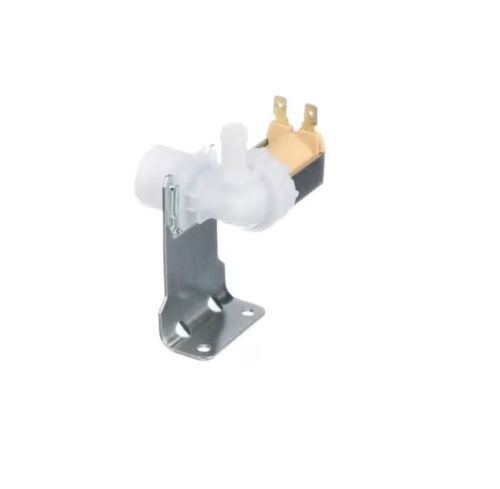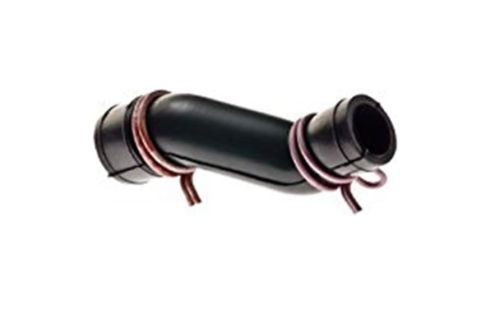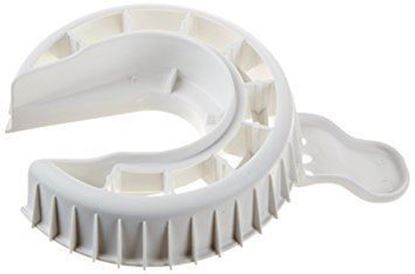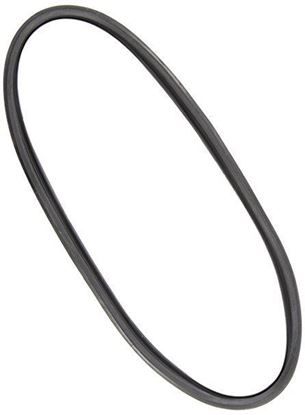
Dishwasher Rack Troubleshooting: Here's How to Fix Common Issues
Keeping a functional dishwasher rack is essential to get your dishes clean and sanitized. A well-maintained rack not only helps the washing process but also helps in increasing the life of the dishwasher. A properly functioning and undamaged rack allows water and detergent to flow freely around the items, making the dishes cleaner and more hygienic. Rust, bent tines, and broken wheels are common dishwasher rack issues that can greatly affect dishwashing efficiency. Misaligned racks can cause damaged dishes not to be washed properly and can lead to chipping or breaking of the dishes. In this article, we will discuss the common problems that may occur with dishwasher racks, how these problems affect the efficiency of dishwashing, and different ways to troubleshoot them.
Identifying Common Dishwasher Rack Problems
Dishwasher racks can have several problems. Knowing these problems can help you in the long run, saving you time, effort, and money. The implications of some common issues are as below:
-
Rust formation: Rust affects the structural integrity of your dishwasher rack and, if left unchecked, may lead to jagged edges on the rack or damage to your dishes or your dishwasher.
-
Broken or damaged tines: A dishwasher rack’s tines are important for holding items in place during the wash cycle. Overcrowding and poor washing results can result from broken or missing tines.
-
Rack not sliding smoothly: Frustration and the possibility of rolling out a dishwasher rack and causing damage to the rack or the dishwasher can result from a dishwasher rack that does not operate smoothly.
-
Dishwasher not cleaning top rack effectively: The problem may be with the dishwasher rack or the water distribution system in the appliance if the top rack is not being cleaned adequately.
Dishwasher Rack Troubleshooting and Fixes
When encountering issues with your dishwasher, it’s vital to identify the problem accurately to implement the appropriate fix. Below are some common dishwasher rack problems, their causes, and suggested solutions:
How to fix rusty dishwasher rack
Dishwasher rack rust is usually a result of a combination of moisture, food debris, and wear over time. The racks may be made of material that is prone to rust, especially if the protective coating has been worn off.
Step-by-step Dishwasher rack rust repair techniques
-
Assess the damage: Check for rust spots and the depth of the damage.
-
Clean the affected area: Make a paste with a mixture of baking soda and water. Rub the paste onto the rusty areas with a non-abrasive sponge.
-
Rinse and dry: If this doesn't, then rinse well and let completely dry to avoid more moisture.
-
Seal the repair: Apply a rust-inhibiting sealant to the repaired area if needed to prevent future rust.
Preventative measures to avoid future rust formation
Food debris and moisture should be cleaned from your dishwasher rack regularly.
-
Plastic or rubber mats should not be laid in the dishwasher as they can trap moisture.
-
To prevent rust, use a spray for dishware and metal.
Repairing damaged dishwasher rack components
Missing or broken tines have a huge impact on the efficiency of dishwashing. Here is how to deal with this problem:
-
Identify broken tines: Check to see if any of the tines in each section of the rack are broken or missing.
-
Use dishwasher rack repair kits: Buy a repair kit for tines. Replacement tines and adhesive are among these.
-
Install replacement tines: Installation of the kit should be done according to the kit instructions.
-
When to consider dishwasher rack replacement: If several tines are broken or if the damage to the rack is extensive and compromises the integrity of the rack, it may be wiser to think about replacing the dishwasher rack.
Common reasons for cleaning inefficiencies
Having your top rack of your dishwasher not clean is not fun. This issue can be caused by several factors, which may affect the cleaning performance of your appliance as a whole. Some common reasons for cleaning inefficiencies in the top rack are:
-
Blockages in the spray arms: The water is distributed throughout the dishwasher by the spray arms. The water flow can be restricted, and not enough water is used to clean the dishes in the top rack if they become clogged with food particles, grease, or mineral buildup. Then inspect the spray arms for blockages and clean anything away that will restore their proper function.
-
Misplaced dishes obstructing water flow: Dishes loaded improperly can block the spray arms from circulating water as effectively as they should. Do not place larger items to impede the movement of the spray arms. Loading should be done according to the manufacturer’s loading guidelines to maintain the cleaning efficiency and to enable the free movement of water.
-
Worn-out seals or gaskets: Seals and gaskets can deteriorate and either prevent them from sealing the dishwasher properly or reduce the pressure inside it. It can impact the water sprayed in the top rack, leading to less clean dishes. If you find dried food or residue on the top shelf after a cycle, check the seals and replace them if they appear damaged or deteriorated.
DIY Repair: How to Fix a Faulty Dishwasher Spray Arm
Rack is not sliding smoothly
Remove and clean spray arms to remove all debris and to ensure they can rotate properly.
-
Rearrange the dishes: Make sure that items are set properly so that water can flow unobstructed.
-
Check seals: Seals around the unit may be worn out and need resealing.
-
Rack jot sliding smoothly: When it comes to sliding, a dishwasher rack that does not glide easily is a nuisance. Check rollers are to be inspected for debris or damage and, as needed, to be cleaned or replaced.
-
Lubricate tracks: To make movement easier, apply a food-safe lubricant to the tracks.
-
Align the rack: Make sure the rack is lined up with the support structure of the dishwasher.
Choosing and Installing Dishwasher Replacement Racks
In some cases, repairs won’t be enough, and you’ll need to replace the dishwasher rack. Here’s how to approach this:
-
Major damage: If the rack has many problems that affect its functionality.
-
Rusting: If the rust has spread too far and it is not possible to repair.
-
Select the right dishwasher replacement racks: To select compatible dishwasher replacement racks, check the manual or model number. Choose racks made of corrosion-resistant materials.
Preventative Maintenance for Dishwasher Racks
Taking steps to prevent maintenance will prolong the life of your dishwasher rack.
|
Maintenance |
Description |
|
Regular cleaning routines |
Clean your racks and doors deep with vinegar or baking soda solutions to remove residue. |
|
Wipe down after each use |
To avoid buildup, remove food particles right after use. |
|
Allow proper drying |
Do a drying cycle after each wash to keep the moisture to a minimum |
|
Store properly |
Dishes should be arranged to facilitate airflow and drying. |
How to Clean a Dishwasher (Quickly!): 9 Easy Steps
It is important to perform regular maintenance and timely repairs of your dishwasher rack for efficient dishwashing. Knowing how to troubleshoot dishwasher rack rust, broken tines, and difficulty sliding can assist you with keeping this machine in top condition. By implementing suggested preventative measures, its lifespan and efficiency will be further extended. Whether it's a minor part replacement or a major repair, HnKParts offers a wide range of dishwasher parts to restore the appliance to optimal working condition.
FAQs
What should I do if I notice rust on my dishwasher rack?
To address rust on a dishwasher rack, you can clean the affected areas using a baking soda paste, rinse, dry thoroughly, and apply a rust-inhibiting sealant. If the rust is extensive, consider a dishwasher rack replacement.
How often should I clean my dishwasher rack?
It’s advisable to carry out a deep clean of your dishwasher rack once a month and perform a quick wipe down after each use to eliminate food residues. Regular maintenance prevents rust and improves overall performance.


